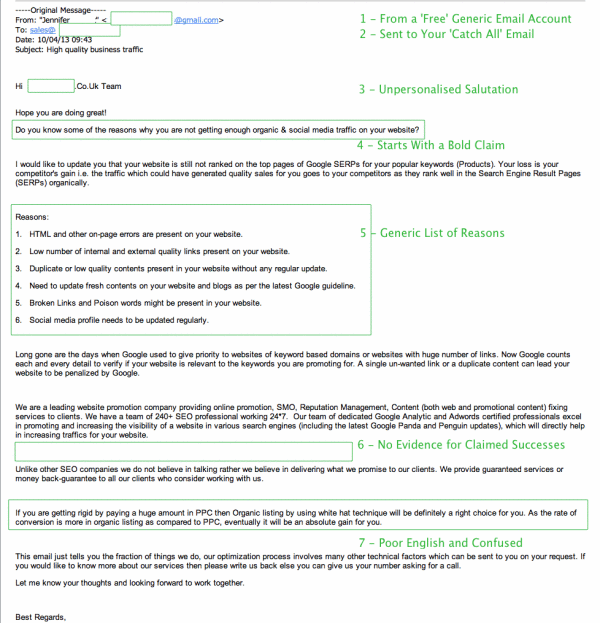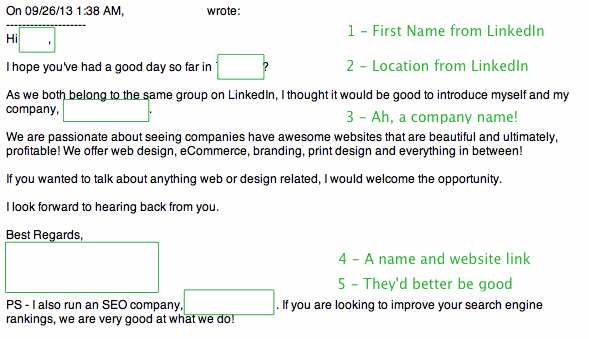Sometimes, even for the largest of companies, adjustments and changes in one place can have unexpected consequences. Certainly as the world’s largest advertising network continues to turn the screw on advertisers, the cracks are appearing.
When we first started using Google Adwords, in the early days, it was clear that this was a gravy train for most of our clients – simple, easy way to generate income and business.
What Is a Broad Match Keyword?
A broad match keyword is one which initially matched based on the words appearing in any sequence or spacing in a phrase. So, for example, if your broad match was for: Car Finance
Your advert would appear for phrases with ‘car’ and ‘finance’ in them. From ‘how can I finance my car‘ to ‘What kind of car needs finance?’
However as Google had searches to fill, and also realised that it was a pain to manage misspells, it broadened the reach of ‘broad match’ to being:
“Broad match lets a keyword trigger your ad to show whenever someone searches for that phrase, similar phrases, singular or plural forms, misspellings, synonyms, stemmings (such as floor and flooring), related searches and other relevant variations.”
What this means is that actually, no longer is the match broad, it is ridiculously broad. It means that your keywords could appear for phrases like ‘cat finance’ or ‘van financing’. Making ‘broad match’ look more like ‘vague match’.
What This Meant Until 2016
Until early this year, there was still a way to get broad match to work. This meant doing three things:
- Using a + for the most important keywords, which was an adjustment made by Google in response to this concern. So, if you use ‘+car’ then ‘car’ has to be in the phrase you are bidding on, and
- Being more aggressive on negative keywords to avoid bidding on the wrong phrases, and
- Targeting lower positions in the search rankings to achieve a lower cost per click which would make the lack of targeting affordable
And that was all right for the recent past, but now the final nail has been driven into the broad match coffin – the reduction in listing numbers in February.
This tactical move from Google was designed to limit the amount of positions for Pay Per Click so that advertisers would be forced to pay a premium for advertising or find somewhere else to generate business.
However the knock on effect is that because the targeting is so loose, and cost has risen, the return on investment is no longer there for most broad match phrases. Most advertisers should be looking very carefully at the performance of these kinds of matches.
Was it Really Unexpected, or was it Planned?
Of course, this suggests that this kind of ripple effect is down to a sequence of unfortunate events over which Google has little or no control. Yet we know this is not the case, that Google checks everything, tests everything and launches based on it’s data.
What this change has effectively done is squeezed more out of the busy and competitive phrases, but at the expense of longer tail income. It’s a challenge: search overall is slowly sinking and Google needs to continue the momentum or their share price will suffer.
The Ergo Digital View: Short Term Win, but Long Term Irreversible Loss
We maintain that this is, however, a short term decision and will have a negative impact in due course. It is relying on the inertia of advertisers not to spot that they are suddenly paying more for less.
However there is a problem: the one piece of data which Google cannot work out through short-term testing is long term trends and effects. Inertia is not permanent, and customers will get wise (some fast than others) to the lessening performance.
Given all the tools we have at our disposal, tracking, attribution and conversions, we can see enough to tell us when something needs to be optimised ‘out’.
And, so it’s time to publish the obituary for broad match. It was fun while it lasted.
Goodnight and thanks for all the clicks!






























